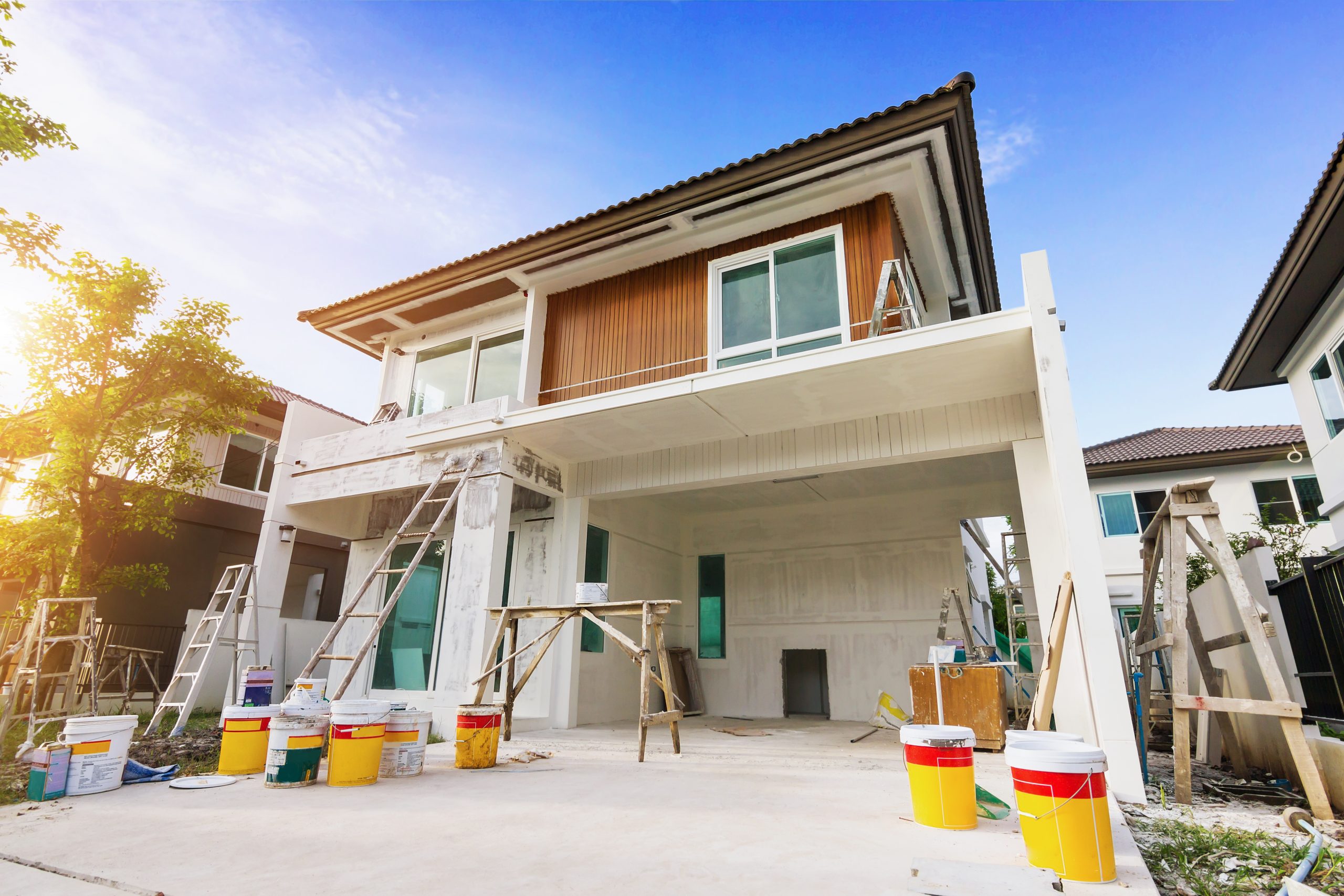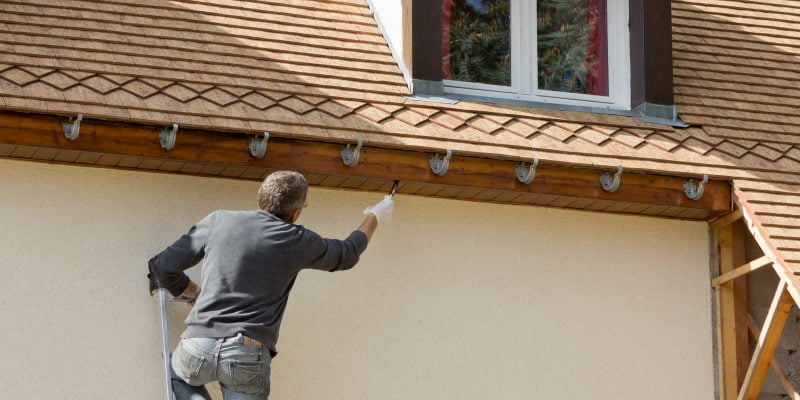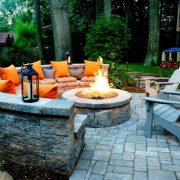After years of living in your home, perhaps you may feel the need to give your home a fresh look. While you can always deep clean or improve your yard’s appearance, repainting your home’s exterior can help revamp your home’s facade.
When it comes to exterior painting, generally, it’s ideal to hire professionals as they have the skills and expertise to do the task correctly. However, if you know your way around DIY wall painting and suppose you’re looking for ways to save on costs, you can also try to paint it yourself.
While plenty of online resources can help you deliver perfect results for your home exterior painting project, learning the common exterior painting mistakes to avoid also goes a long way. Here’s a quick list of those to help you get started:
1. Not Preparing Your Home’s Wall Well
One of the first things you should do is to prepare your home’s surface well. This way, you can check if the walls are in the right shape for repainting. Skipping wall preparation can result in an uneven surface or cause harm to your property in case of wood rot and other surface damage.
You can begin by scraping away all loose paint chips from the walls and sanding any remaining paint. The ideal painting surface should be smooth to allow the paint to adhere to the wall better. And along with this, you should also thoroughly clean the walls and ensure that you won’t be painting over dirt and dust, as this may result in an uneven and imperfect paint finish. On top of this, you can also caulk any open seams to allow a flat and uniform finish.
2. Skipping The Primer
Primer can be costly, especially since you need to apply it to your entire home. At the same time, it might look and feel unnecessary since it’s something you won’t see in your home. And while skipping the primer can help you cut costs, initially, it can cause more problems if you avoid them in your house.
To start, one of the primer’s responsibilities is to help the paint adhere to your wall perfectly. And so, skipping this step could not only affect the quality of your paint job but can also mean frequent wall repainting in the future, which can cost you more. This is especially true since your home’s exterior walls are exposed to the outdoors and harsh weather conditions.
3. Using Incorrect Paint
When shopping for paint, it might be tempting to purchase the cheapest pail on the market, especially if they have the perfect color you’re eyeing on. While it can help you save a few bucks, it might not be able to produce you with a high-quality finish.
As you shop for paint, consider looking for those made explicitly for exterior use. Ideally, you can go for high-quality acrylic latex paint, which can provide maximum durability. It might be costly, but it can last long on your house’s exterior walls.
4. Not Checking The Weather Forecast

Exterior view of new house under construction and painting.House Painting in morning
Even if you’re in a great painting mood, you can’t just lift a paint bucket and roller and start your project. Before giving your home a refreshing update, consider checking the weather forecast first and see if it is the perfect time to paint your walls.
Ideally, the weather shouldn’t be rainy or sunny, but rather just cloudy. Rain could wash away your paint away, while the sun’s heat can dry it quickly and potentially affect its durability. Moreover, check the weather forecast for at least 48 hours of your painting day, too, as you need that time to wait for the paint to dry and settle in.
5. Ignoring Wood Rot
If you have wood elements in your home’s exterior, such as window or door casings, take the time to care for them too. In some cases, you might not notice wood rot forming on your home’s exterior without a thorough inspection. Perhaps it may be because your previous paint could hide it effectively. But to avoid any problems down the road, it’d be best to check and address wood rot immediately, or else get ready to wave goodbye to your expensive plants.
Wood rot can develop due to moisture. While you cannot keep them away from those environments as they’re out of your control, applying a sealant and treatment can be a way to prevent that from happening. However, if wood rot is already present, you should address this issue immediately as it might lead to a bigger problem. You can begin by repairing or replacing the wood to give your home a fresh start.
Takeaway
Painting your home’s exterior can be a fantastic way to boost your home’s appearance and curb appeal. To achieve a successful project, prepare and prime your home’s walls, check the weather condition to see if it’s the perfect day to do the job, and ensure to use the proper type of paint. With these tips, you can spruce up your home, making it look fresh and new.














Comments